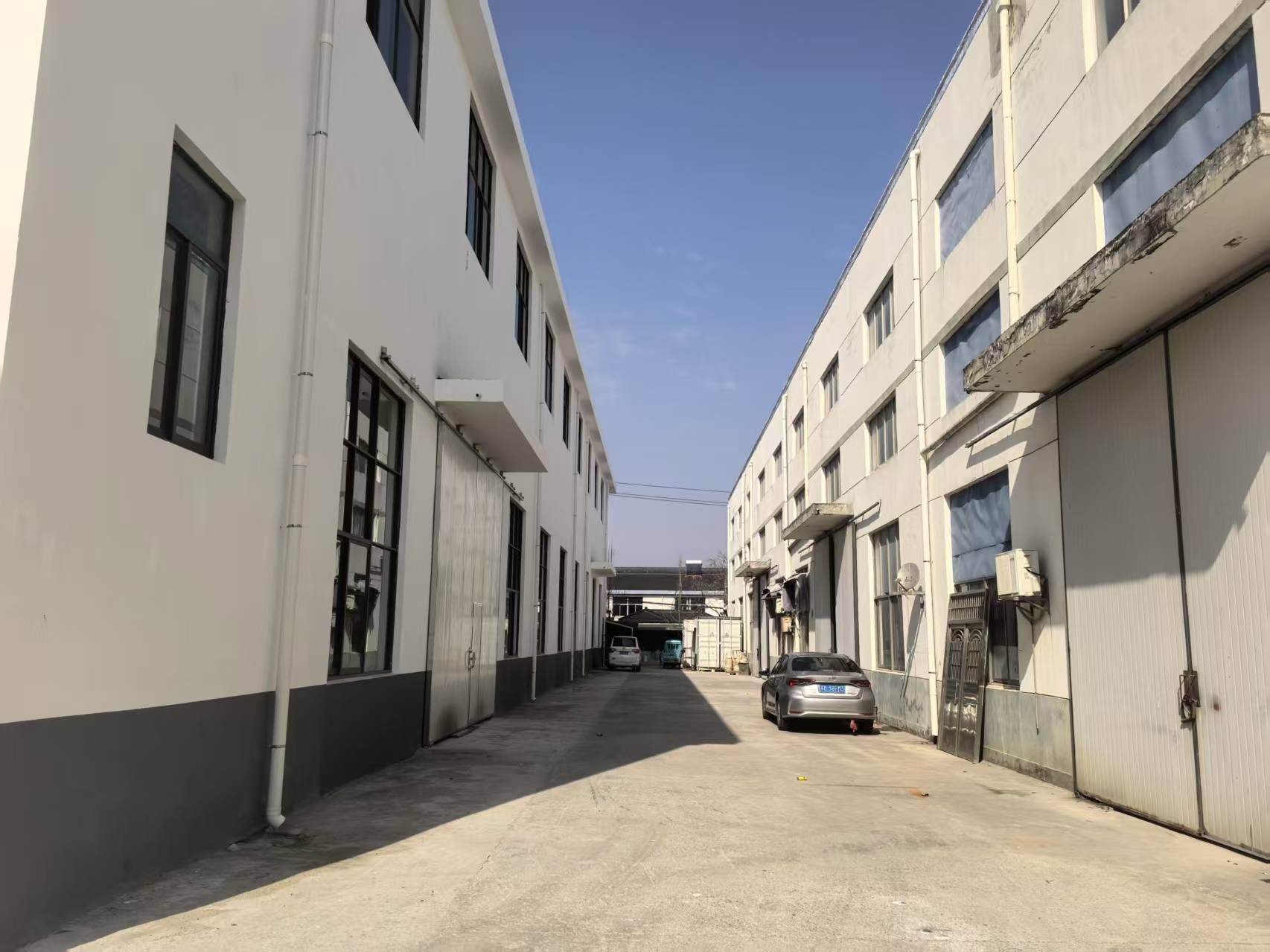
Mechanical material showcase distinguished morphological qualities, transforming them optimal for a broad variety of purposes. Emerging from outer space and automotive to tech hardware, these products are unceasingly advancing to meet the expectations of a modern market.
- Their resilience and tolerance to rigorous heat levels make them necessary for leading apparatus.
- Furthermore, technical ceramics provide strengths in terms of lightweighting, promoting the advancement of advanced apparatuses.
Constructing Compounds: Tailored for Remarkable Functionality
Crafted ceramics thrive in challenging functions due to their extra special facets. Produced from selected with care raw inputs and processed with stringent processing procedures, these modern elements offer unmatched robustness, erosion resistance, and endurance to intense heat, decay, and abrasion. From aviation ingredients to milling tools, industrial ceramics present superior capability across wide-ranging specialties. Their elasticity allows withstanding demanding circumstances, ensuring continuance and steadfastness. As progress progresses, the need for quality elements grows, cementing the crucial duty of industrial ceramics in shaping a enhanced prospect.
Advanced Ceramics: Extending Element Margins
Compounds, revealing remarkable rigidity and permanence, are experiencing a reformation. High-tech ceramics, engineered with scrupulous control over their arrangement and minute arrangement, breaking the constraints of all that is achievable. These structures showcase a ample assortment of attributes, qualifying them perfect for exacting domains such as aeronautics, medicine, and fuel. From lightweight parts that withstand extreme thermal states to biocompatible implants that merge effortlessly with the organism, advanced ceramics are altering our sphere.
Meticulous Ceramic Fabrication: Accomplishing Specialized Requisites
Ceramic fabrication has transformed markedly in recent times, allowing the creation of multi-dimensional and highly useful ceramic products. These modules are important across a broad range of industries, including orbital, biotechnological, and instrument domains. Matching the rigorous requirements for these deployments calls for accurate fabrication strategies that warrant dimensional accuracy, surface quality, and material characteristics. Modern ceramic fabrication processes leverage different methods, including slip casting, injection molding, and additive manufacturing. These procedures empower the construction of elaborate geometries and precise traits with remarkable accuracy. Equally important, advances in materials science have caused new ceramic mixes endowed with boosted qualities. These elements exhibit increased endurance, longevity, and tolerance to intense heat conditions, making possible their use in demanding sectors.
The chances for precise ceramic fabrication are considerable. As inquiries and forward movement carry on, we can count on even more modern approaches and substances that will similarly grow the edges of what is within reach in this domain.
Elite Ceramic Forms for Extreme Situations
Modern ceramic forms exhibit extraordinary strength and invulnerability against inimical settings, making them fitting for challenging uses in power territories. These advanced ceramics can tolerate forceful temperature loads, fight erosion, and hold their operation under intense mechanical stresses. Their exceptional nanostructural essentials facilitate steady activity in critical conditions, including thermal devices, aircraft engines, and nuclear plants.
- Engineered ceramic blends
- Thermal endurance
- Reduced mass
Hybrid Materials: Fusing Power and Applicability
Alloyed ceramics provide a potent mix of mechanical robustness and distinct specialized traits. Through the amalgamation of ceramic components within a framework, these composites achieve outstanding skills. This blend results in heightened protection against high hotness, wearing, and chemical degradation, rendering them perfect for challenging uses in aeronautics, motor industry, and energy branches. Furthermore, ceramic composites can be engineered to possess distinct properties like electrical conductivity or biocompatibility, expanding their versatility across diverse sections.
Fine Administration in Innovative Ceramics
Accomplishing preferred characteristics in modern ceramics routinely calls for fastidious regulation over their microarchitecture. A variety of treatment specifications, including sintering thermal setting, span, and atmosphere, alongside the infusion of dopants or auxiliary phases, considerably determine the configuration of crystals, pore presence, and other microstructural elements. Careful modification of these factors allows for the optimization of resilience, crack resistance, and thermoelectric conductivity. To illustrate, upsizing the sintering thermal exposure can advance grain growth, thus increasing mass concentration and improving mechanical load-bearing capacity. Conversely, adjusting the firing atmosphere may affect the oxidation form of the ceramic, thereby influencing its electrical resistance or magnetic characteristics. Understanding these relationships between microstructure and properties is crucial for forming advanced ceramics with specialized ability suitable for broad deployments.
Hardness-Boosting Ceramics: Increasing Lifespan
During stringent engineering fields, where modules are submitted to constant friction and deterioration, elements with exceptional hardness are decisively vital. Wear-resistant ceramics have arisen as a key fix, providing unparalleled robustness and efficiency in wide-ranging areas such as assembly, mining, and aerospace. These high-tech substances possess a singularity internal formation that enhances their facility to fight erosion. By exploiting the fundamental toughness and compression of ceramic compounds, engineers can create long-lasting segments capable of enduring the most severe operating circumstances.
Bio-Inert Substances: Roles in Therapeutics
Biofriendly ceramics have reshaped the hospital realm, conveying an array of valuable aspects for many functions. These ceramics are non-reactive within the organism, minimizing immune responses and aiding recovery. A prime purpose for biocompatible ceramics is in bone fixation devices, where their tenacity sustains long-lasting backing to damaged muscle.
Equally important, they are deployed in oral surgery, presenting a resilient and aesthetically pleasing solution for dentures. Ceramics also serve a key part in pharmaceutical applications, permitting the concentrated delivery of substances to specific points within the biological makeup.
- Furthermore, biocompatible ceramics are steadily being researched for biological scaffolding, serving as a support for replacement.
- Because of this, the prospect of biocompatible ceramics in biomedical fields looks propitious, with continual studies expanding their applications.
Ceramic Sensors: Enabling Reliable Evaluations
Smart ceramic detectors have come forth as important constitutents across a inclusive array of realms. These instruments capitalize on the unique characteristics of ceramic materials to deliver highly industrial ceramic valid determinations. Their fortitude in {demanding|harsh| 